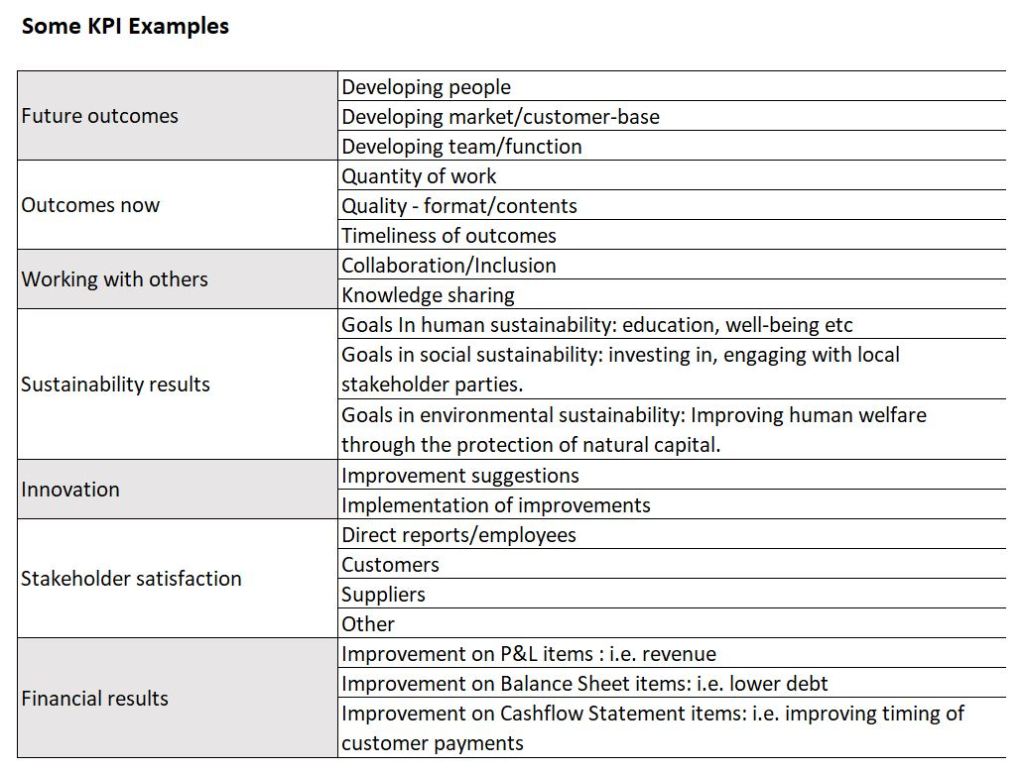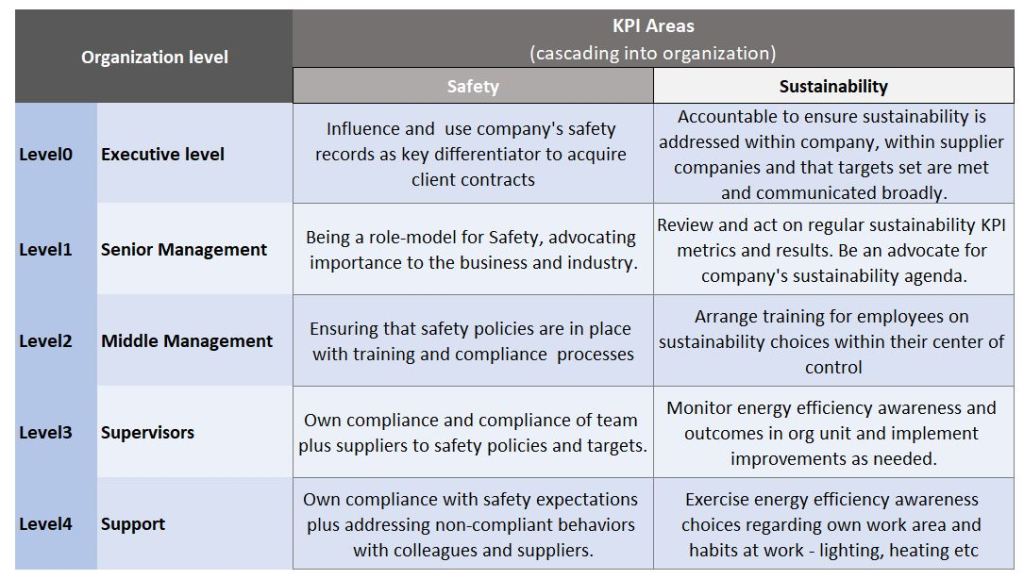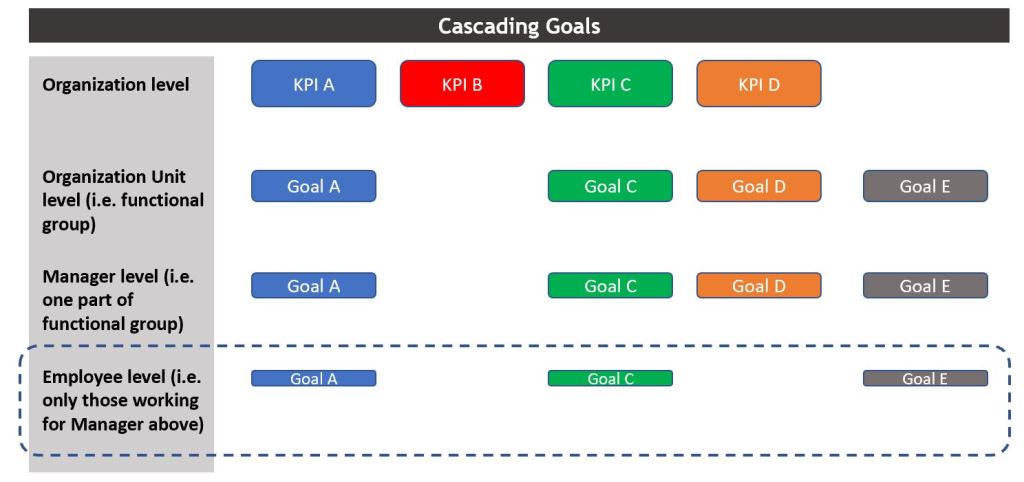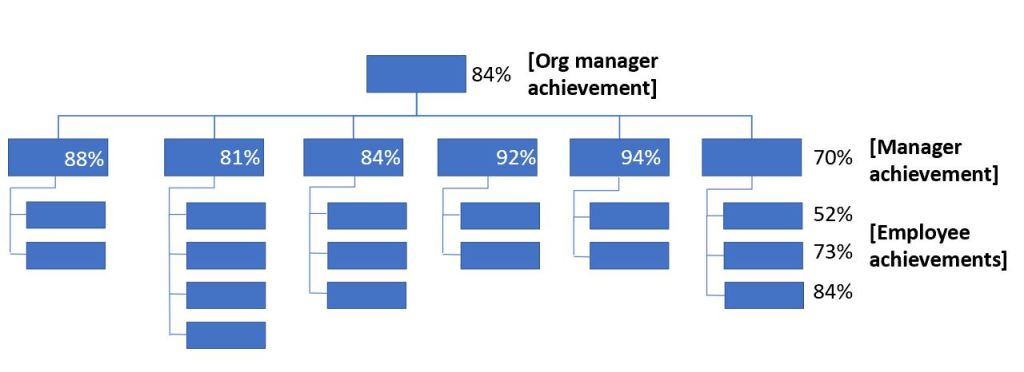
Have your review meetings for a process or a policy document turned into a low-value event where tons of slides are being shown and no real discussion takes place? Do you feel confident about the outcomes from your review meetings? What if you had a way to make the review meetings more structured and action-oriented, making sure everyone is engaged?
This activity will help you do that!
When your review meetings succeed they…
- Result in improvements and updates that ensure your plan/policy is fit-for-purpose and comply with most recent business and legal requirements,
- Make sure your plan/policy, in addition to fully complying with most recent legal and government requirements, also align with your company’s strategies,
- Engage all stakeholders making sure every one of them has an opportunity to suggest ways to improve the policy/plan to better meet business needs and concerns, and
- Enable you to get through internal and external audits with confidence.
The process
Divide your meeting participants into two groups and give each group a preparation assignment – Team Blue and Team Red. They are to arrive at the meeting, prepared to either defend or criticize the existing plan or policy and underpin their points with solid arguments based on research (doing homework before the meeting).
The blue team has the assignment to identify fact-based reasons why the existing plan or policy is fit-for-purpose, compliant, and good enough as it is today. While the red team has the assignment to research and come prepared to point out specific areas or aspects where the current plan or policy fails to address specific issues or factors.
Preparation
Each of the teams prepare before attending the meeting. The blue team will prepare in this way:
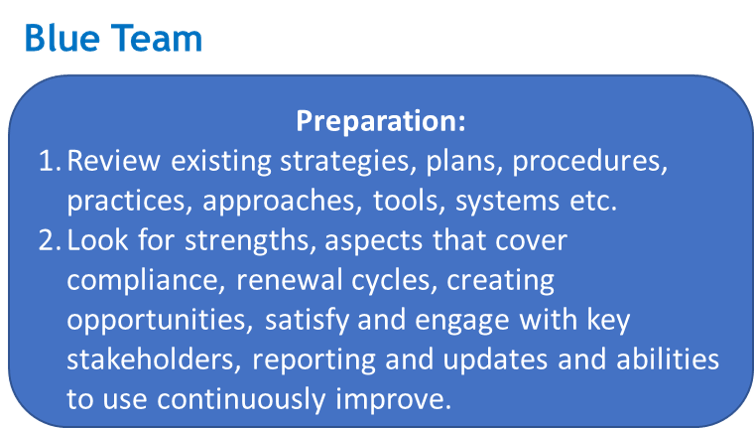
And preparation by the red time includes:
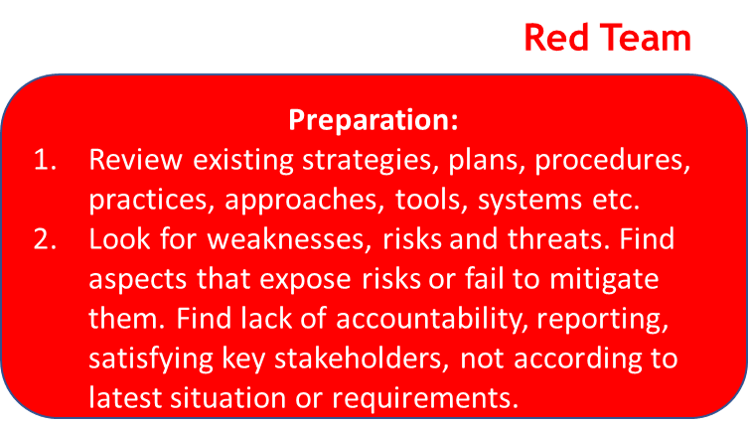
Members from each team bring their notes to the review meeting – prepared to substantiate their claims based on their pre-meeting homework assignments.
Meeting Agenda
After the meeting has been opened, objectives shared and the process discussed, the review process follows these steps:
- The Blue team summarizes the high-level benefits and explains how the current version of the document/policy is fit-for-purpose vs over-the-top in terms of mitigating, avoiding or managing risks associated with why the document/policy was originally created. (10 mins)
- The Red team then gets 10 minutes to summarize risks or changes to laws, which means that the current policy or document is not currently fit-for-purpose. They may comment on some aspects raised by the Blue Team too.
- The Blue team gets 10 – 15 mins to make their final statements: responding to anything specific that was mentioned by the Red team and also adding to any additional points related to key items they had mentioned during their opening summary. They would make specific mention of aspects that are strongly beneficial and need to remain in the policy/document.
- The Red team then makes their final statements in 10 – 15 mins. They would especially summarize key gaps between the current policy/document and aspects that would need to be addressed in the next version.

Path forward
The final part of the meeting consists of all meeting participants discussing and summarizing improvements that would be needed to the next version of the policy/document. In the process, they may assign various meeting participants to do additional research, align with stakeholders not present at the meeting, and/or write the updates or additional segments to add to the current policy/document.
An additional meeting may be needed to check-in on progress and finalize the updates that have been agreed upon.
Tips:
- Do not run this with groups larger than 15 people. It would lead to a longer meeting and some people feeling less involved and engaged.
- Be sure to state that the meeting is to take no more than 1 hour. If the process is followed for too long a period, it waters down the intent – focus – and gets more into minute details which are often best dealt with in post-meeting assignments.
- Be sure to assign someone to be the time-keeper to keep an eye on the process – ensuring the meeting stays focused on the agreed approach and time-commitment. And be sure to note the path forward actions to help the designated coordinator with follow-up actions and close-out activities.
In general, this interactive approach to review meetings leaves participants much more energized and positive about meeting outcomes.



